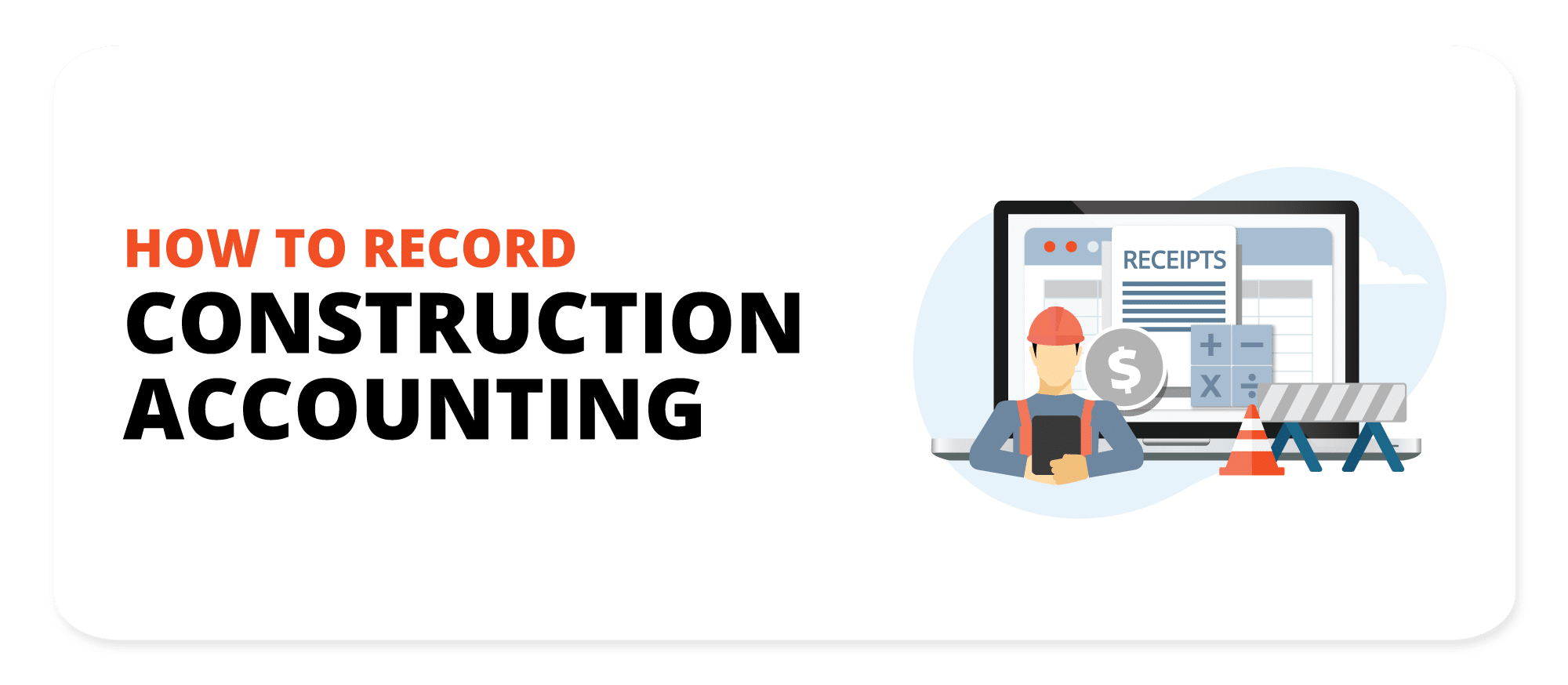Construction Accounting for Contractors: A Detailed Overview
Construction Accounting for Contractors: A Detailed Overview
Blog Article
A Comprehensive Overview to Construction Audit: Enhance Your Financial Management
Effective economic monitoring is important in the building market, where the complexities of project-based revenue and expenditures can substantially affect overall profitability. By using finest practices in economic coverage and analysis, stakeholders can not just improve operational performance however likewise mitigate possible risks.
Recognizing Building Bookkeeping
Recognizing building bookkeeping is essential for the effective management of economic resources in the building and construction market. This customized branch of accountancy addresses the unique obstacles faced by construction firms, consisting of project-based income recognition, expense tracking, and compliance with governing requirements. Unlike typical accounting, construction audit requires an unique approach to handle the intricacies associated with long-lasting agreements and varying prices.
Key elements of building and construction accounting include exact revenue recognition, which commonly depends on the percentage-of-completion technique or completed-contract method, relying on the task's nature. This ensures that monetary declarations mirror true performance and success with time. Job setting you back plays an important function, enabling firms to track costs linked with specific projects, which aids in determining profitability and resource allocation.
Another essential aspect is the management of capital, which is often impacted by settlement timetables and hold-ups in receivables. Efficient money flow management ensures that building and construction firms can fulfill functional needs and buy future tasks. Inevitably, grasping building accounting equips companies with the tools required to make informed economic choices, reduce risks, and boost general operational effectiveness in a competitive sector.

Task Costing and Budgeting
Job costing and budgeting are indispensable parts of building and construction accountancy that make it possible for firms to effectively handle task funds and guarantee profitability. Job costing entails the precise tracking of all prices connected with a specific job, including labor, materials, tools, and overhead. This procedure allows building and construction companies to establish the true price of completing a job, assisting in educated decision-making and improving financial liability.
Budgeting, on the various other hand, acts as a monetary roadmap for jobs. It includes setting financial limits and alloting sources to various task components, consequently establishing a structure against which actual expenses can be measured. Reliable budgeting needs detailed evaluation and forecasting, thinking about historical information, market patterns, and potential threats.
Together, work costing and budgeting provide the needed tools for construction companies to monitor monetary efficiency, identify variations, and readjust techniques as required - construction accounting. By applying robust task setting you back techniques and adhering to well-structured budget plans, firms can boost their operational effectiveness, alleviate financial risks, and eventually improve their productivity in a competitive marketplace. Therefore, these methods are click for more essential for maintaining long-term success within the construction market
Tracking Expenditures and Income
Precisely tracking expenses and earnings is vital for construction firms to preserve economic health and guarantee job feasibility. Reliable tracking permits services to check project efficiency, recognize cost overruns, and make notified monetary decisions. Applying an organized strategy to taping all financial deals is critical to attaining this goal.
Making use of pop over to these guys construction accounting software program can significantly boost the tracking procedure. These devices help with real-time surveillance of costs, including labor, materials, and subcontractor expenses, while likewise catching profits produced from task milestones and customer payments. By classifying expenditures and profits streams, companies can acquire insights into success and cash money flow.

Financial Coverage and Evaluation
Economic reporting and evaluation play a critical duty in the building and construction market, giving stakeholders with essential insights into a company's financial efficiency and functional effectiveness. Exact financial records, including annual report, earnings declarations, and cash circulation declarations, are essential for analyzing the health of a building and construction company. These records help determine patterns, examine job success, and help with educated decision-making.
In construction accounting, monetary evaluation goes beyond plain coverage; it involves scrutinizing monetary information to discover underlying patterns and anomalies. Secret efficiency indicators (KPIs), such as gross earnings margins, job conclusion prices, and return on financial investment, offer as standards to evaluate operational success. Frequently assessing these metrics enables companies to determine areas needing renovation, optimize source appropriation, and improve task administration methods.
Moreover, reliable financial coverage cultivates openness and develops depend on with stakeholders, consisting of customers, vendors, and investors - construction accounting. By maintaining strenuous financial oversight, building and construction business can minimize threats, ensure conformity with governing needs, and inevitably drive sustainable growth. Hence, a robust economic reporting and analysis structure is important for browsing the intricacies of the building and construction landscape and attaining long-term success
Ideal Practices for Success
To accomplish success in building bookkeeping, firms should take on a collection of best techniques that enhance operations and improve financial management. Initially, applying a robust job administration software program tailored for building and construction can help with real-time monitoring of task costs and budgets, permitting even more precise forecasting and resource allowance.
2nd, embracing a consistent strategy find more to task setting you back is essential. This involves diligently tracking all costs connected with each project, consisting of labor, products, and expenses. Consistently examining task expenses against first price quotes aids recognize variances early, making it possible for prompt restorative actions.
Third, maintaining rigorous documents methods makes certain conformity with guidelines and simplifies audits. This consists of maintaining detailed documents of agreements, adjustment orders, invoices, and invoices.
Additionally, spending in staff training is essential. Guaranteeing that workers are well-versed in accounting concepts, software program use, and industry standards can considerably boost effectiveness and precision in monetary coverage.
Final Thought

Report this page